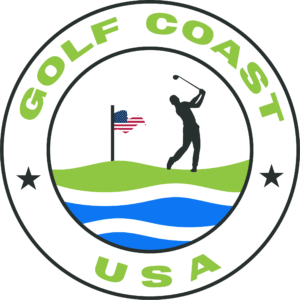Title: Golf Course Ecology: Harmonizing with Nature in Myrtle Beach
Myrtle Beach, fondly called the ‘Golf Capital of the World,’ is nestled on South Carolina’s sun-drenched Atlantic coastline. It beckons golf enthusiasts from around the globe with its 90+ beautifully crafted golf courses offering year-round play. However, beyond the perfectly manicured greens and crisp course designs, lies a pulsating testament to the golf industry’s dedication to ecological sustainability. This article explores the golf course ecology of Myrtle Beach and how it harmonizes with nature.
Promoting Biodiversity
The rich golf course ecosystem of Myrtle Beach serves as more than just a sporting locale. Its expanses of wooded and non-turf areas provide natural habitats for various bird species, insects, and mammals, all cohabitating in a biodiverse hotspot. A prime example is the famous TPC Myrtle Beach golf course, home to various bird species, including egret, cormorants, osprey, and herons, thereby enhancing the ecological value of the area.
Sustainable Water Use and Management
Water is the lifeblood of any golf course, and Myrtle Beach courses are setting new benchmarks for sustainable water use and management. Using state-of-the-art irrigation technologies and techniques, golf course superintendents carefully monitor and control the water used to maintain the greens and fairways, minimizing waste. Courses also employ best management practices for water bodies, helping to reduce water usage. For instance, The Dunes Golf and Beach Club uses advanced soil moisture sensors and evapotranspiration rates for efficient irrigation.
Beneficial Grasses
Did you know that the grasses used on Myrtle Beach golf courses are carefully chosen not just for golfer satisfaction, but also for the environment? Bermudagrass, the turfgrass of choice for Myrtle Beach, is a drought-resistant variety that requires less water, fertilizers, and pesticides, making it a sustainable choice.
Pollinator Protectors
Golf courses of Myrtle Beach serve as an oasis for pollinators. Practices such as reduced mowing frequency, native plantings, and minimized pesticide use create a haven for butterflies, bees, and hummingbirds. Caledonia Golf and Fish Club is a beautiful case in point, with their extensive wildflower areas attracting a plethora of colorful butterflies.
Tree-Planting Efforts
Golf courses often face harsh criticism for tree removal to pave the way for fairways and greens. However, many Myrtle Beach courses have embarked on extensive tree planting programs that promote local flora. Consider the grandeur of Pine Lakes Country Club that boasts an impressive array of native trees dotting the landscape.
Environmental Education
Moreover, golf courses in Myrtle Beach play an integral part in raising environmental awareness among golfers and the community at large. Thriving with diverse habitats, golf courses serve as outdoor classrooms, enabling golf enthusiasts to understand the critical role that healthy ecosystems play in life and, dare to say, their game.
A Measure against Urbanization
As urban expansion continues to encroach natural spaces, golf courses act as significant green spaces that help to balance development. With strict management protocols in place, they can coexist with urban areas, providing natural havens amidst the concrete landscapes.
In conclusion, golf courses in Myrtle Beach are stepping up to their ecological responsibilities. By fostering biodiverse habitats, utilizing sustainable practices, and raising environmental awareness, they are not just venues for the sport, but custodians of the local environment. The beautiful landscapes and their wildlife cohabitants are a testament to the harmonious blend of nature and golf course design. This balance has not only made Myrtle Beach a golfer’s paradise but also an ecological haven that continues to burgeon with each swing.

Leave a Reply